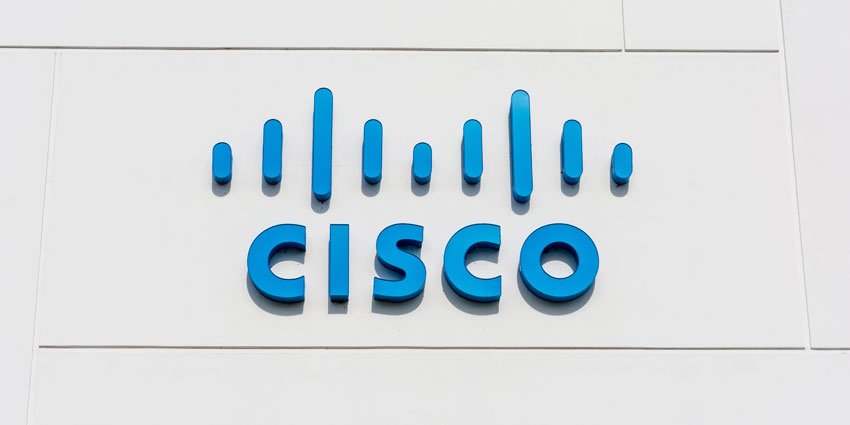If a business wants to succeed, it must provide the highest possible level of CX. But it isn’t possible for companies to use human agents alone to achieve this. For starters, the volume of customer engagement would be overwhelming in most modern contact centres. Calls would be missed and emails would go unanswered, promoting even more calls, but from angry customers, like a vicious cycle. Because of this, more organisations have adopted AI to support contact centres. To say this human-AI tag-team has been a success is a major understatement. More than 75% of CX decision-makers agree advancements in AI and self-service technology are among the most important factors for determining the future success of their CX programme.
There is an array of other key factors that make CX so much more powerful, such as predictive and proactive service options, customer interaction and customer journey analytics. But businesses need to strike a balance in the way they use AI to complement live agents. Bot-heavy businesses make the mistake of believing they’re ahead of the AI game when in reality, customers still feel the need to speak with human agents, now – during the COVID-19 pandemic – more than ever.
With that in mind, CX Today welcomes Frank Sherlock, Vice President of International at CallMiner, for an exclusive interview on the importance of leveraging AI to make humans more humane.
Importance of Emotion
“AI delivers a number of benefits when it comes to augmenting and improving customer experiences, but one of the top use cases is delivering more empathetic experiences. Let’s look at the use case of vulnerable customers – it’s rare that a customer will come outright and say to a customer service representative that they’re struggling financially, with job loss, with illness or another challenging circumstance.
“With AI-powered technology, customer service agents can be alerted to when they might be engaging with a vulnerable customer through keyword recognition, emotion scoring and acoustical analytics, and provided with next best guidance for delivering the best outcome for everyone,” Sherlock tells us.
He adds: “It’s not enough just for a customer service agent to be empathic, they also need to deliver the right solutions, and AI can deliver the real-time alerting and guidance to do that for customers.” Sherlock’s explanation couldn’t ring more true. A whitepaper published by CallMiner states that the top reason customers are generally directed to a live agent after a failed automated call attempt is because their request was too complex for the machine to solve. We’ve all been there, exasperated after an automated agent is asking us again to state the reason for our call, only to finally put us through to an advisor.
“The research highlights the fact that although AI is a reliable means to address mundane or even repetitive tasks such as checking a bank balance or ending a subscription, not all customer interactions are that simple.”
Interestingly, the same CallMiner report states that the complexity of human-to-human conversations is all down to the ‘why’ in the reason for a call, not the ‘what’. Another critical engagement factor is empathy. When asked why they requested their problem was escalated to a live agent, 82% of respondents claimed to want the reassurance only a live agent could offer.
Repetitive Errors
Despite AI now thriving in contact centres across the world, business leaders continue to make the same mistakes, in an attempt to replace live agents with bots completely.
Sherlock reminds organisations that there are customers out there who “simply prefer speaking directly with a human and skip self-service options altogether”. Humans and AI both have their important place in the service centre, and organisations can deliver the best customer experiences when AI is used to support humans, not replace them.
Sherlock says: “There’s no argument that AI has the potential to transform customer experience and how organisations engage with their customers – but most of that power comes in the form of self-service options and chatbots.
“Today’s AI is great for helping people check their account balance or find out when a bill is due – simple, repeatable tasks. But it simply isn’t built to handle the complexity of many customer situations. Most customers end up speaking with human agents because AI chatbots and self-service options aren’t able to solve their problem.”
A Perfect Partnership
Up to 67% of business executives agree that AI will help humans and machines work together. And it makes perfect sense, not only in the current climate we’ve found ourselves in, but also in optimising a workforce. AI and live agents are the ying to the other’s yang. It simply isn’t possible for live agents to take hundreds, if not thousands of calls for a company without the help of automation and bots. AI enables the customer to be directed to the right live agent to resolve their query. Yet, live agents provide the reassurance customers seek out, especially at a time like this when many consumers are anxious and vulnerable.
Delivering excellent quality CX means being able to converge manpower with the capabilities of AI, and in short, making the partnership more humane.
CallMiner has outlined six vital steps in achieving a top CX strategy using the combination of live agents and AI. These are:
- Using the right type of AI trained with a significant body of contact centre interactions establishes the foundation for contextual accuracy. For organisations, this means empowering customer service and call centre agents with actional guidance derived from behavioural data and insights
- Using AI to discover the ‘unexpected’ is essential. Continually correlating conversational context with machine-learned insights reveals unanticipated challenges, and in turn opportunities for agents to better support customers
- Investing in a workforce despite the pandemic should still remain a top priority for organisations. AI should be used to help agents master their jobs, not do them for them. The more you coach and enable employees with data-supported guidance, the better they will perform
- Deploy AI and interaction analytics to sift through the context of a situation and provide both real-time and post-engagement coaching, guidance and insights. Doing this will result in better outcomes for the brand, customer and employee
- In situations where customers engage without an applicable script or answer, AI can suggest the best option based on historical and situational analyses. This helps CX teams navigate complex requests and solve problems faster, offering up solutions that meet customer needs
- The AI emotion conundrum is resolved in providing a data-fuelled customer perspective. This helps agents to be empowered in offering up appropriate empathy, as well as guiding conversations with issue-resolution ownership, and intelligently react to emotional expressions with techniques that reinforce brand perception
Learn more about leveraging AI to make humans more humane






